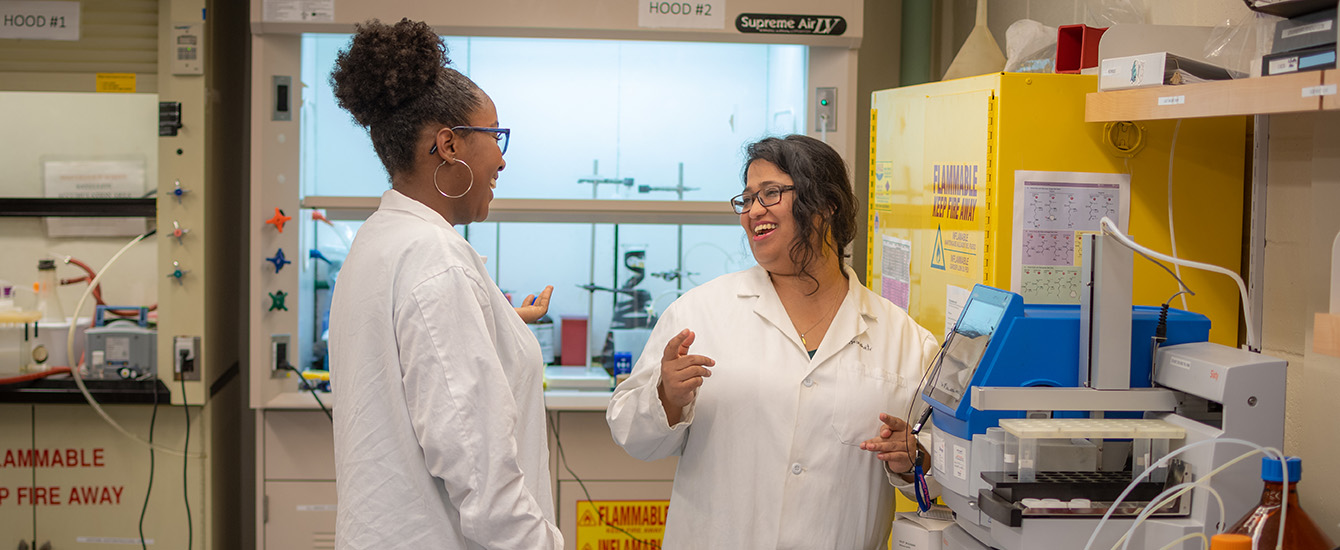Chemistry
Linear Mn(II)4Ln(III)2 (Ln = Gd, Dy, Tb) heterometallic complexes from a ditopic hydrazone ligand: Slow magnetic relaxation in Mn4Dy2 complex
Document Type
Article
Abstract
L4 (C13H12N6O2), a ditopic ligand containing a carbohydrazide with terminal pyridyl moieties, has been successfully used to prepare a new class of heterometallic hexanuclear Mn4Ln2 systems. The reaction of L4 with Ln(NO3)3∙6H2O produced three linear heterometallic compounds with the general formula [Mn4Ln2(L4)4(CH3O)2(H2O)6Cl6][Cl]∙2H2O (Ln = Gd (1), Dy (2), Tb (3)). Monodeprotonated L4 binds lanthanide ions via Ndiazine and Ohydrazone donors in these complexes, while CH3O–, water, and chloride ions occupy the remaining vacant coordination sites. dc magnetic studies have confirmed that ferromagnetic exchange interactions are present in all three complexes with Curie temperatures of 2.32 K, 1.2 K, and 2.21 K, respectively, for 1, 2, and 3. In complex 1, the exchange coupling values between the two Mn(II)-Gd(III) and Mn(II)-Mn(II) pairs were found to be +0.11 and +0.58 cm−1, respectively, with a Lande g-factor of 2.01 for Mn(II) in this complex. ac studies reveal the slow relaxation of magnetization in complex 2 with an energy barrier of 1.5 K, while complexes 1 and 3 have not shown this feature. © 2022 Elsevier B.V.
Publication Title
Journal of Molecular Structure
Publication Date
3-5-2023
Volume
1275
ISSN
0022-2860
DOI
10.1016/j.molstruc.2022.134630
Keywords
coordination complexes, heterometallic complexes, lanthanides, magnetism, single molecule magnets, x-ray diffraction
Repository Citation
Shakeel, Azeem; Bakhshi, Hamed; Ahmed, Touqeer; Watanabe, Lara; Turnbull, Mark; Al-Harrasi, Ahmed; and Anwar, Muhammad U., "Linear Mn(II)4Ln(III)2 (Ln = Gd, Dy, Tb) heterometallic complexes from a ditopic hydrazone ligand: Slow magnetic relaxation in Mn4Dy2 complex" (2023). Chemistry. 1.
https://commons.clarku.edu/chemistry/1



